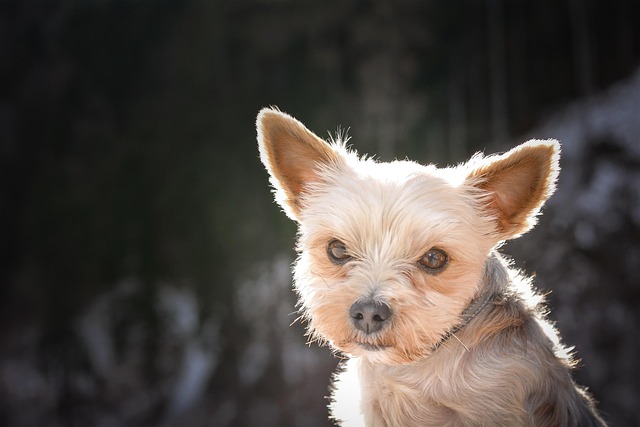
How long until a dog stops crying in a crate?
Dogs crying in a crate can make even the most patient owner’s heart ache. You’ve set up the space with a soft bed and their favorite toy, but the moment you close the door, the whimpers start.
Imagine you’re in your New York City apartment, folding laundry while your 8-month-old French Bulldog mix, Luna, trots over to her water bowl for the fourth time that evening. You start worrying: If I leave water out all night, will she wake me up to pee at 3 a.m.? You grab your phone to search, “Should dogs have access to water all the time?” For new U.S. dog owners, this mix of care and anxiety is totally normal—but the short answer is almost always “yes,” with a few rare exceptions.
Here’s why constant access matters, in simple terms: Dogs use water for everything—digesting their kibble (a staple for apartment pups who don’t graze on grass), cooling down even in AC (NYC summers make apartments stuffy!), and flushing out waste. A healthy dog’s body can’t store water like ours; going too long without it leads to dehydration—signs like dry gums or slow energy. My neighbor’s 4-year-old Labradoodle once went 8 hours without water during a road trip, and she ended up at the vet with mild dehydration. The only time vets say no? If your dog has a serious health issue, like kidney disease or bladder stones—always follow their strict limits, never guess on your own. For 99% of healthy dogs, keeping water out 24/7 is non-negotiable.
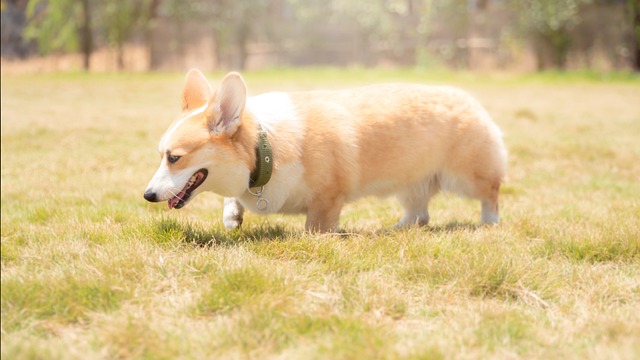
Here’s how to make it work for apartment life (no midnight potty runs!): First, use a water bowl with a rubber tray—this stops spills from seeping into your floors (neighbors below will thank you). Change the water twice a day (more in summer) to keep it fresh—stale water tastes bad, and bacteria can grow. If you’re worried about night trips, take Luna out for a final walk 30 minutes before bed, and skip extra treats after 7 p.m. (salty snacks make her thirsty!). When you take her for daytime walks in the community park, bring a foldable water bowl—offer sips every 15 minutes, especially on hot days. Reward her with a tiny piece of plain chicken when she drinks calmly from her bowl—this positive reinforcement teaches good habits, and it’s way better than scolding her for “drinking too much.” Punishment stresses dogs out, making them drink out of anxiety, which goes against U.S. animal welfare norms (the ASPCA explicitly opposes it).
Don’t let water worries overshadow U.S. rules and community manners. Every state, including New York, requires dogs over 4 months old to have a rabies vaccine—skipping this to “manage water intake” risks fines up to $300, and it’s dangerous for public safety. When you take Luna out (even those late-night potty runs!), always carry biodegradable poop bags—cities like San Francisco fine $250 for leaving waste behind, and it’s basic respect. In your apartment building, keep her water bowl away from shared hallways—you don’t want other dogs knocking it over. If Luna suddenly drinks way more than usual (like doubling her intake), call your vet—many U.S. pet insurance plans (like Petplan) cover checks for issues like diabetes, which can cause excessive thirst.
At its core, letting your dog have water all the time is about trust—trusting her body to drink what she needs. With a spill-proof bowl, fresh water, and adherence to local laws, you’ll keep her healthy and sleep through the night. Only skip constant access if your vet says so.

Dogs crying in a crate can make even the most patient owner’s heart ache. You’ve set up the space with a soft bed and their favorite toy, but the moment you close the door, the whimpers start.
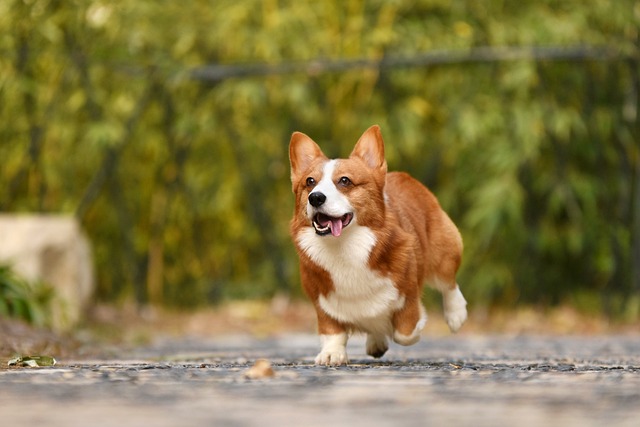
There’s a universal rite of passage for new puppy owners from Los Angeles to London: the "ankle shark" phase. You’re just walking to the kitchen for coffee
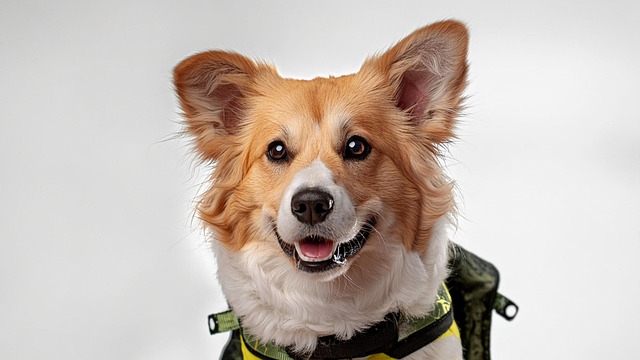
Imagine you’re in your Seattle apartment, sitting on the floor playing tug with your 11-week-old Australian Shepherd puppy—one minute she’s happily pulling the rope
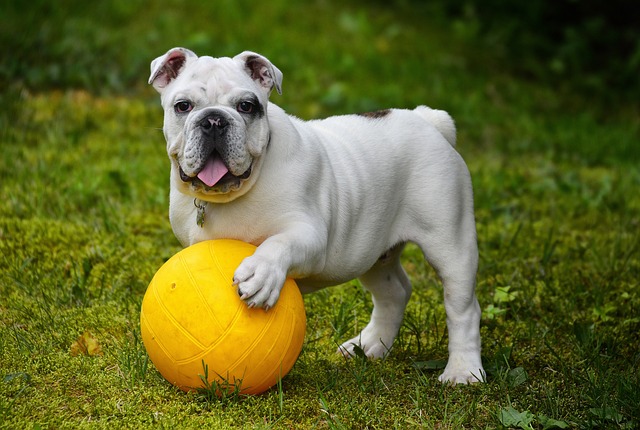
You’ve just welcomed a fluffy, wiggly puppy into your home, and suddenly your hands and ankles have become their favorite chew toys.
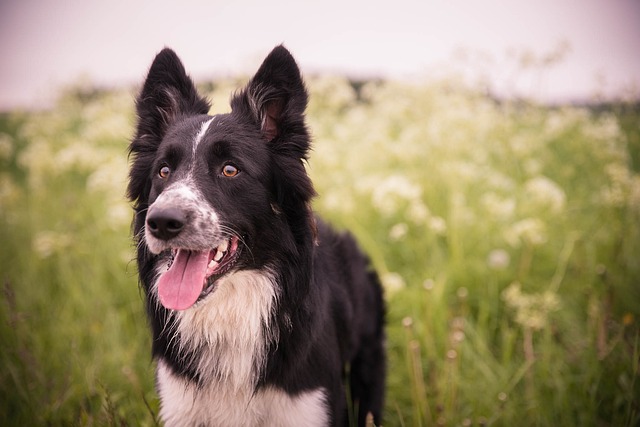
Border Collies thrive on mental stimulation, and teaching them to shake hands isn’t just a cute trick—it’s a great way to bond while keeping their sharp minds engaged.
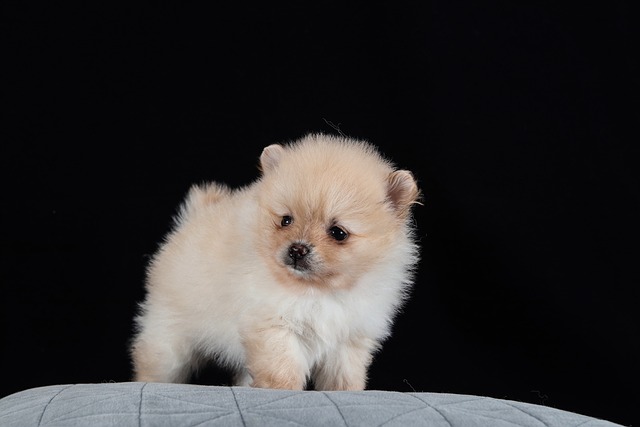
Many new Pomeranian owners wonder if these fluffy little dogs are tough to potty train—and the answer isn’t straightforward. Poms are smart, but their small size and sometimes stubborn streak can make the process feel tricky.